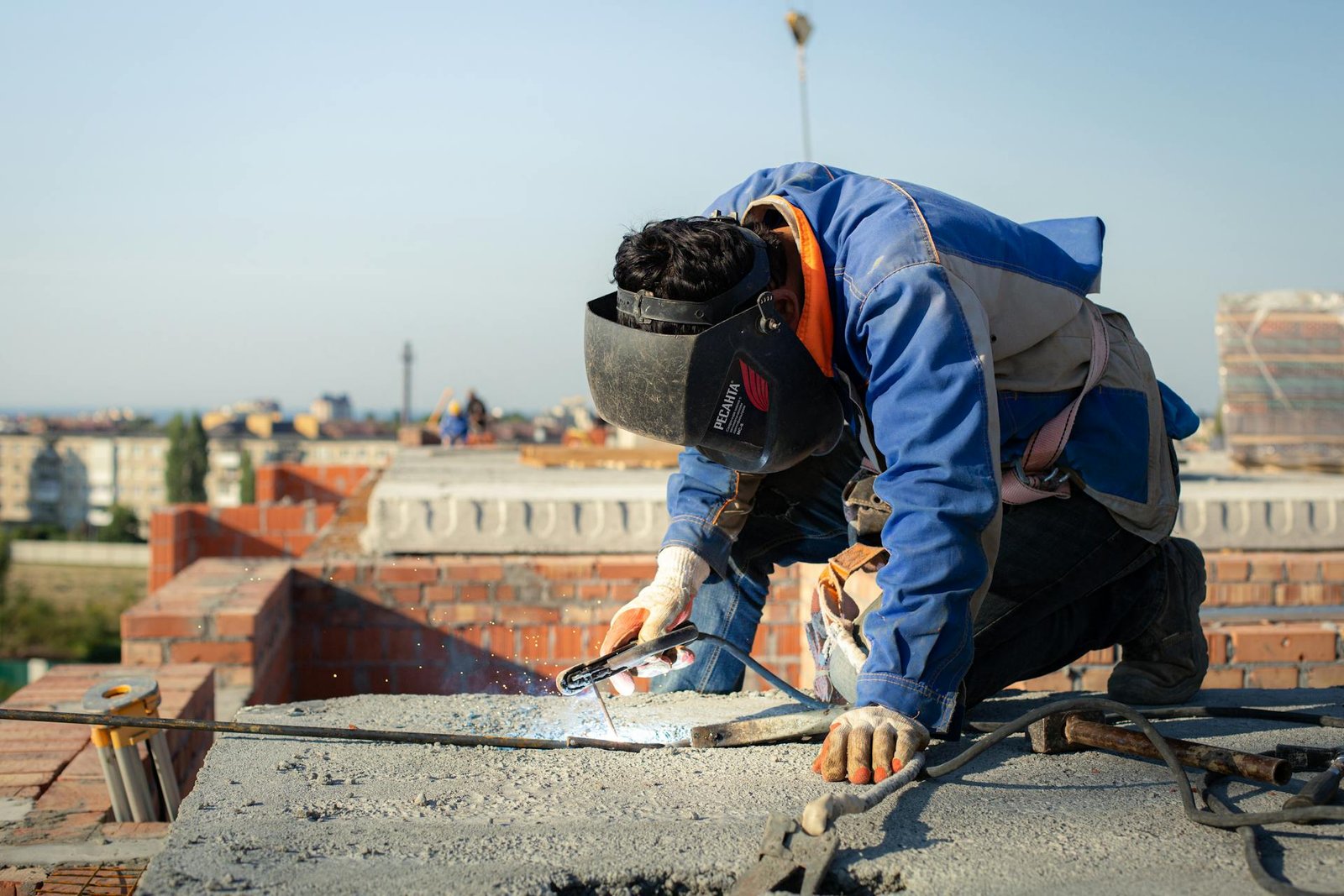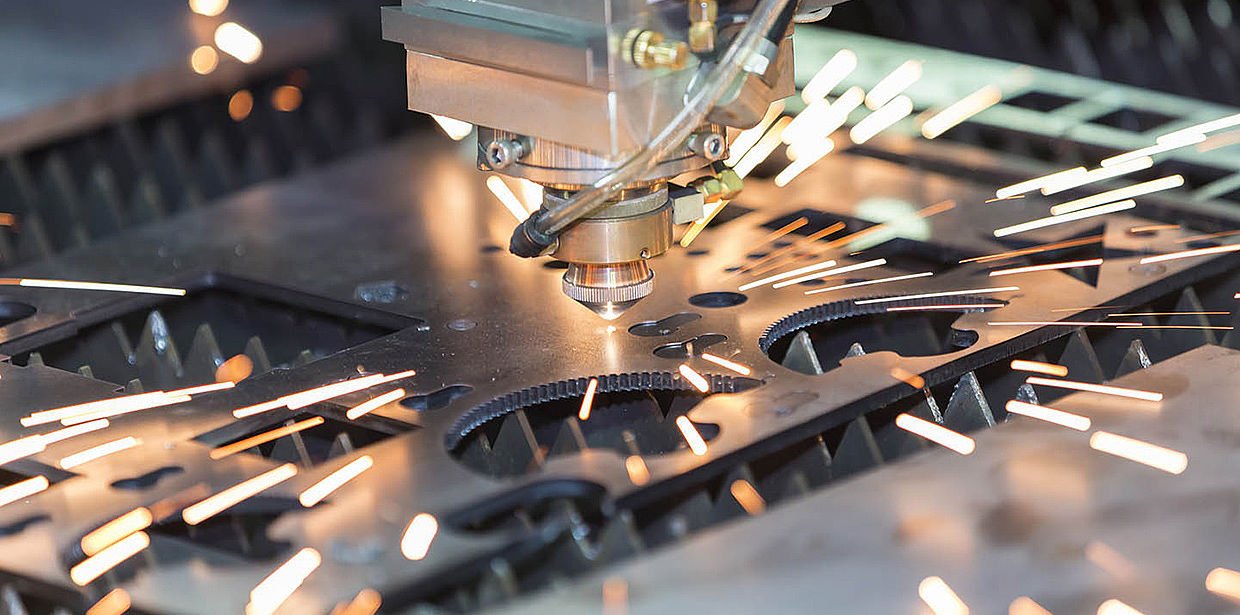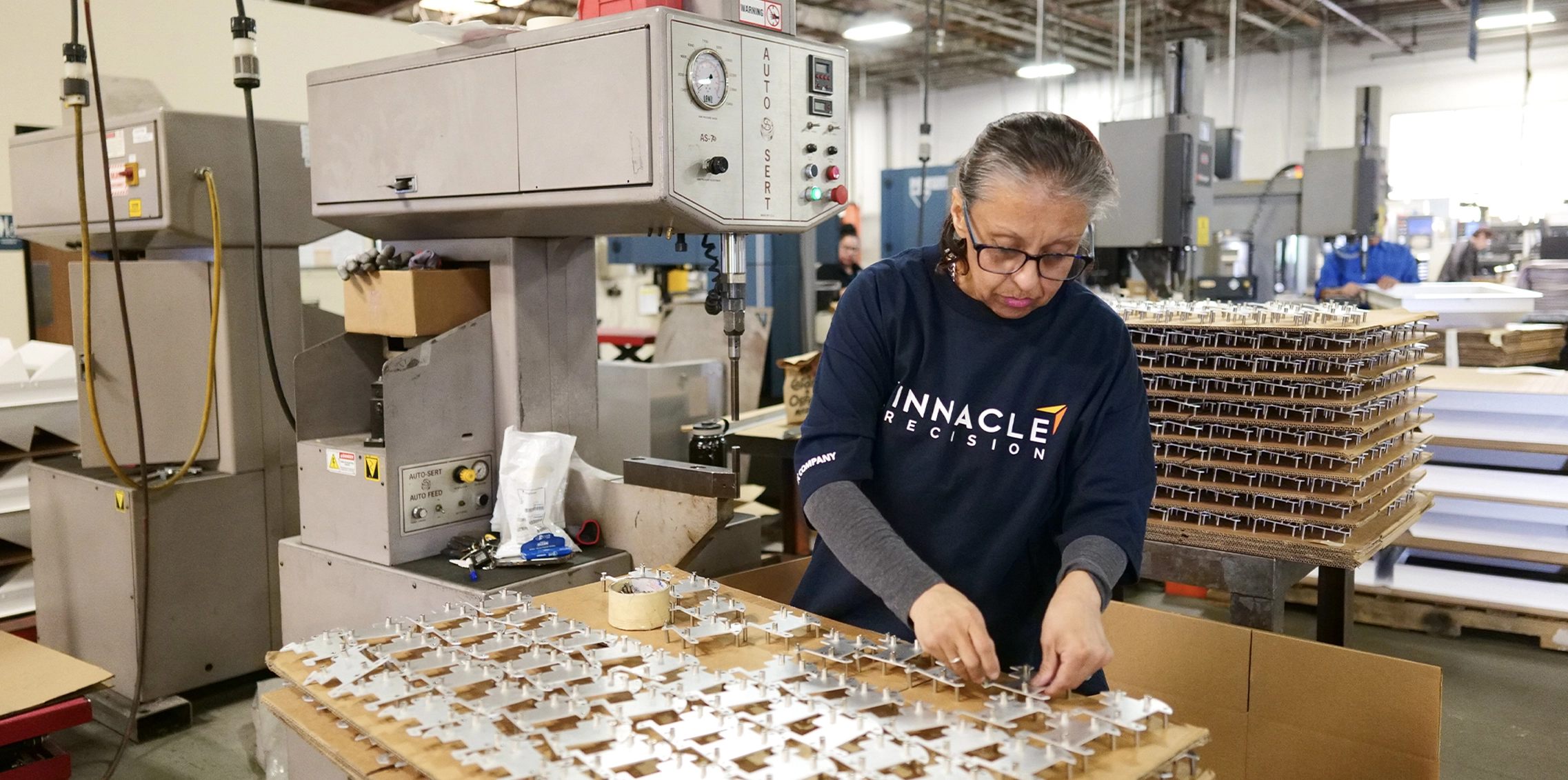Keeping your machinery operating at peak performance and efficiency is essential. No matter what type of manufacturing or production processes it carries out, you need it to work properly at all times with as little downtime as possible. Several measures can help ensure it does just that. Performing routine maintenance is certainly an important part of the process. Spending a little extra money upfront on high-quality components rather than purchasing cheaper parts is also crucial.
Of course, having the right Industrial Cable Management Solutions in place can also go a long way toward keeping your machinery up and running. An array of options is available to you. Each one has its benefits and disadvantages, but not all of them are right for all applications. Consider some of the cable management systems on the market and how they may help protect your industrial machinery.
Cable Trays
Trays are common cable management solutions. They consist of channels that provide support for cables and keep them together. Several options are available in this category alone, including solid, ladder, wire mesh, and channel trays. They’re also available in different widths and depths. They can handle significant weight, and some of them have built-in ventilation to help with temperature control and other factors. That being said, they may not offer adequate protection for wires and hoses in some situations.
Conduit Systems
Conduit cable management systems are also available. They consist of tubes or pipes that surround cables. They can provide more protection than cable trays and other open systems. These systems can be made of metal, PVC, and other materials, and they can be either rigid or flexible. Some are suitable for use in hazardous environments as well depending on the materials they’re composed of. These systems are often used outdoors to protect cables and hoses from the elements. They can also be used indoors to safeguard cables against moisture, chemicals, debris, and other dangers.
Wire Ducts
Wire ducts are similar to trays in that they provide channels for cables. That protects them from being pinched or cut and can safeguard them from other hazards. Since they keep cables neatly together, they can reduce trip hazards as well. Unlike trays, though, they’re fitted with covers for added protection. Those covers can be removed for maintenance and repairs. Both plastic and metal wire ducts are available with each being suitable for different applications. These cable management solutions come in different sizes and layouts as to accommodate varying requirements.
Finding the Right Cable Management Solution
These are some of the most common types of cable management solutions. You can also have a customized system designed to meet your distinct needs. When choosing a solution, consider the types of cables you need protect as well as their size and weight. Think about the potential hazards they need to be protected against, such as moisture, extreme temperatures, chemicals, and debris. Take into account your maintenance needs and future modifications as well. Those aspects can help you choose the right cable management solution.






